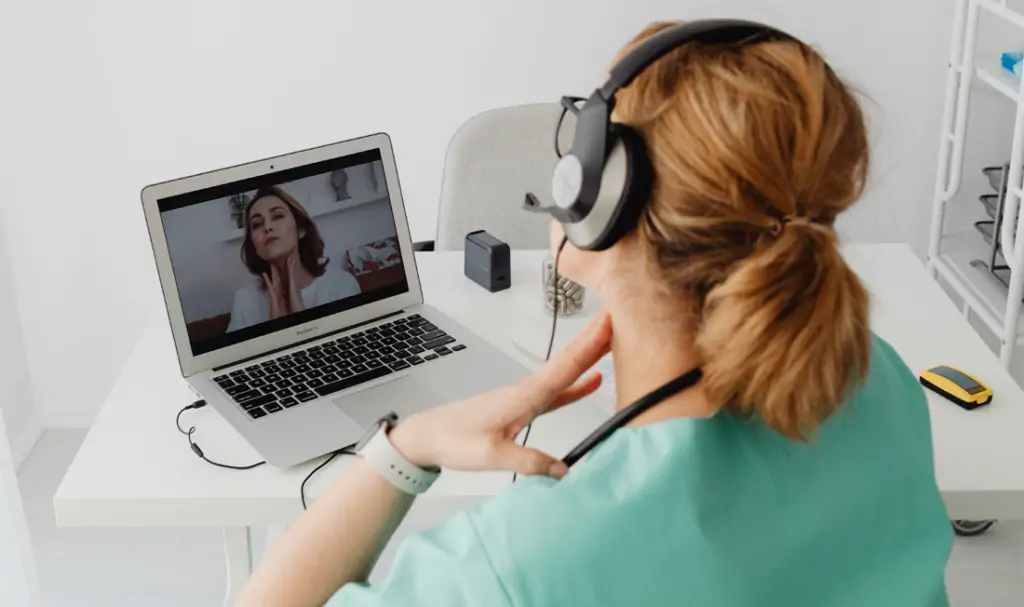Changing the Paradigm for Diagnostic Imaging Storage, Sharing
BLOG
Explore the latest MIMIC news, updates, and industry insights from our team of experts.

A transformative shift is underway in today’s healthcare landscape, one that places control in the hands of consumers by allowing better access to their own data. As we delve into the future of consumer-based healthcare, we explore how accessibility is pivotal and how solutions like MIMIC can help imaging centers put more power into the hands of their patients:
Personalized Healthcare Platforms
Imagine a user-friendly interface where individuals can effortlessly create detailed health profiles, access medical history, and make healthcare decisions based on informed data and recommendations. MIMIC empowers individuals to take charge of their well-being by providing 24/7 access to their medical data.
Telemedicine and Virtual Health Services
Expanding virtual health services is integral to improving healthcare access for consumers and creating a seamless transition from physicians to imaging centers to the consumers themselves. MIMIC’s portal facilitates convenient and timely access to data for all parties involved and to anyone the consumer chooses to share their data with. Integration of virtual healthcare and remote access to data enhances accessibility, particularly in underserved or remote areas, ensuring that quality healthcare is not limited by geographical boundaries.
Health and Education Empowerment
Health literacy is crucial to informed decision-making. When imaging centers, physicians, and consumers all have instant, cloud-based access to the same data, it becomes the first step to giving consumers the opportunity to truly understand their imaging results, connect with their healthcare providers faster, and be empowered to make informed decisions about their health.
Remote Health Monitoring for Chronic Conditions
For individuals with chronic conditions, MIMIC allows comprehensive access to medical history and records, which can be a powerful tool for tracking health over a longer period of time. Paired with remote monitoring solutions, patients can be an active participant in managing their conditions and their healthcare.
Improving consumer-based healthcare is possible, but it requires addressing the consumer’s needs to build solutions that allow for better communication, faster results, and unlimited access to healthcare data. MIMIC is the starting point for revolutionizing a healthcare system that puts consumers first and empowers them to make confident and informed decisions about their well-being.
Are you ready to take the next step towards consumer-based healthcare for your practice? Schedule a MIMIC demo today.